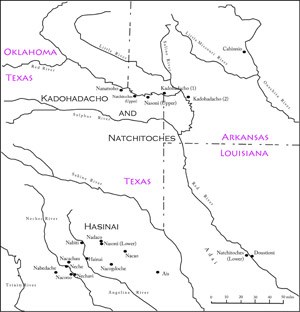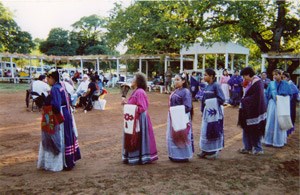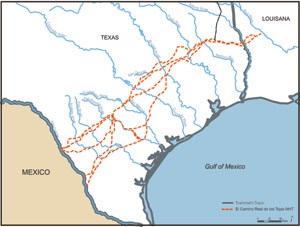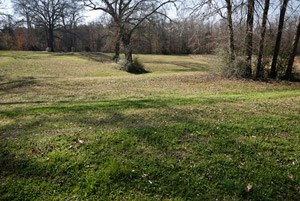
Mission Nuestra Señora de Dolores de los Ais
San Augustine, Texas
Coordinates: 31.525341,-94.112762
#TravelSpanishMissions
Discover Our Shared Heritage
Spanish Colonial Missions of the Southwest Travel Itinerary

Map courtesy of the National Park Service, El Camino Real de los Tejas National Historic Trail.

Photo by Uyvsdi. Courtesy of Wikimedia Commons.

Map courtesy of the National Park Service, El Camino Real de los Tejas National Historic Trail.

Photo by Christopher Talbot. Courtesy of the National Park Service.
Plan Your Visit
Mission Dolores is on the National Register of Historic Places and is along the El Camino Real de los Tejas National Historic Trail. The Mission Dolores and El Camino Real de los Tejas Travel Information Center is located at 701 S. Broadway St. just south of San Augustine, TX. The Mission Dolores Museum is at the same location. The site is open Monday through Saturday from 8:00am to 5:00pm. For further information call the Travel Information Center at 936- 275-1108 or the Mission Dolores Museum at 936-275-3815, or visit the Texas Beyond History Mission Dolores site Texas Beyond History Mission Dolores website or the El Camino Real de los Tejas website.
Last updated: April 15, 2016
